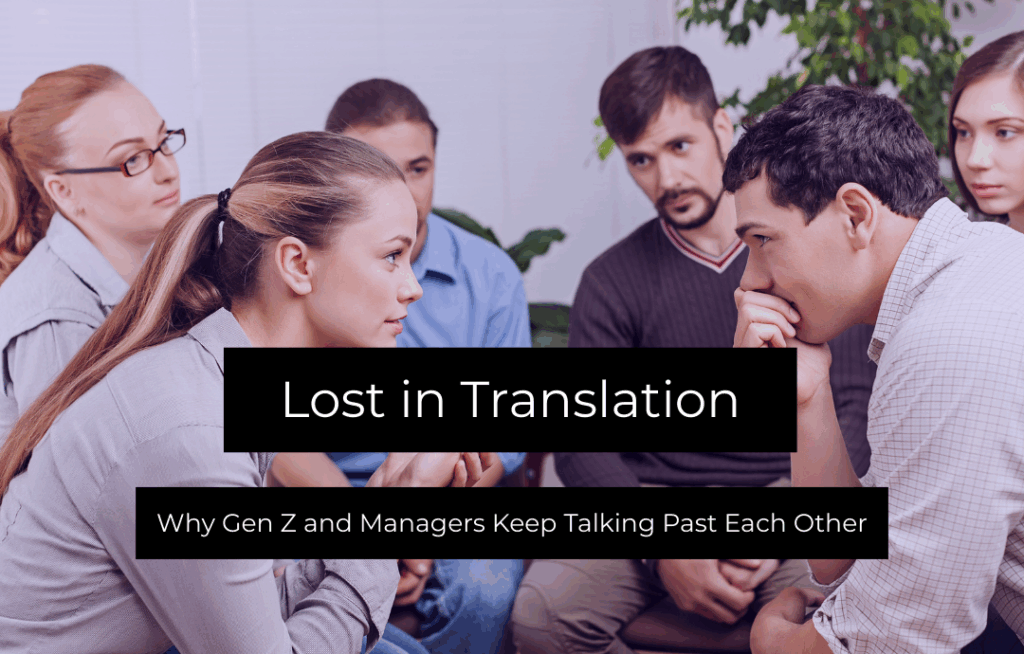Perfectionism and constantly striving to anticipate what might happen and relentlessly preparing to take advantage of tomorrow is the enemy of being fully present in today. This trap is robbing each one of us from fully engaging in relationships and the joys of where we are right now. I personally find myself having to pull myself back into the present on a moment by moment basis.
Being fully present take active effort and engagement
Interestingly the one place that I find it easy to be fully present is in the classroom or virtual classroom. I think it is because as a facilitator it takes all of me to fully show up to guide the process from A through to Z. I actively listen to every contribution to summarize it and move the conversation along, or ensure I fully understand the question before jumping into the answer.
Investing in eye-contact
Active listening involves physical posture and eye-contact. Even in a virtual world, looking at the camera, the other people or if you can’t help it looking at yourself, is essential. In a recent meeting the other person was taking notes on a second screen. The break in eye-contact even though it was a virtual meeting made me wonder if they were listening at all. Oddly enough I had a second meeting the same week, face to face, and the same thing happened, and the impact was exactly the same. When there is a break in eye-contact either for note taking or something else, the impact on the conversation and connection is remarkable. (Am I the only one who wonders if the other person is “taking notes” but actually doing on-line shopping/checking email/surfing the web??)
Minimizing distractions
Another reason why being fully present is easier when facilitating is that my cell phone is off. Smart phones lead to constant distraction, and when mine is not buzzing and flashing, it is so much easier to stay fully in the moment with the people right in front of me. Facilitation grounds me in the present because it is taking all my effort and energy to focus on the people in the room: how much time do they need? Is this conversation over, or is there more? Is this tangent productive? Is that person engaged and just quiet or not engaged at all? Have they “got it”? Although these questions may sound like they are from the “3rd voice”, asking them keeps me fully focused on the people in the room and what they need.
The trick is to take this practiced art of being fully present into daily interactions with people and to keep it with me when I move into my home…
Although the face to face classroom environment has changed dramatically in the last 6 months, I have found the same presence is required in a virtual class. I know as a participant it is a LOT more challenging to be present in the virtual world, but as a facilitator it is just as demanding on energy and attention AND the challenge to keep participants present and engaged means creativity, constant interaction and high energy.
Tips to stay present
- Active listening – summarize what you hear in conversation or in the meeting. This helps you to stay active and engaged.
- Turn off cell-phones and pop-up’s on your computer.
- Don’t schedule meetings for longer than 30-45 minutes. We are only human, after all.
What other tips do you have to help you stay present?





